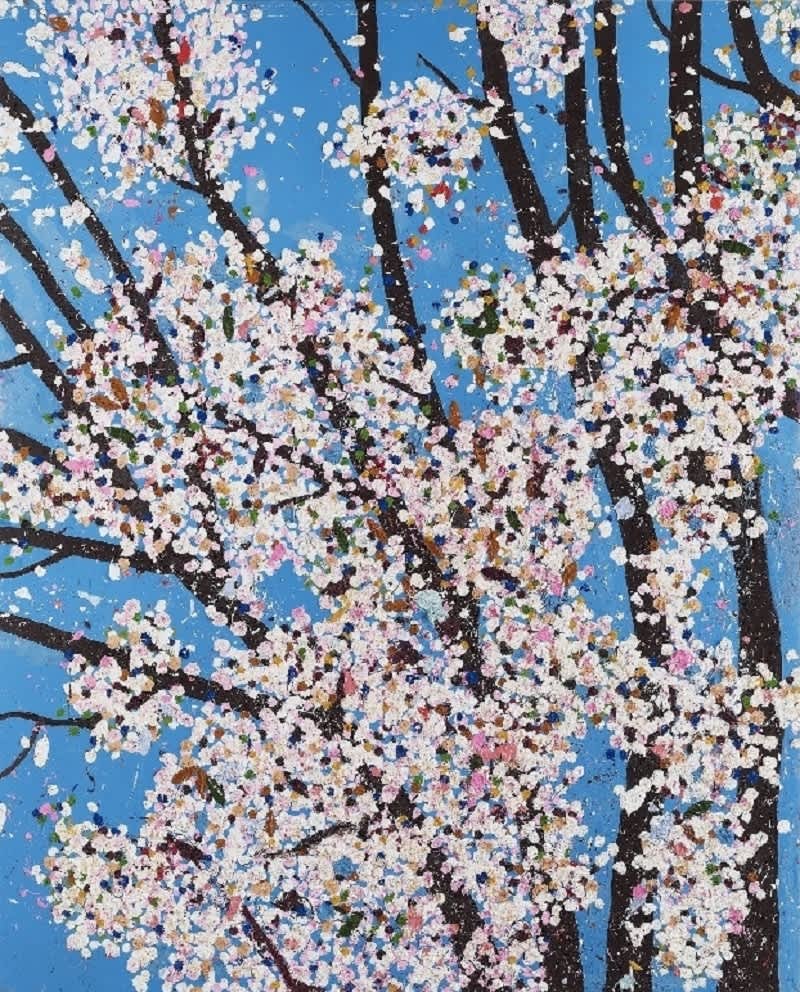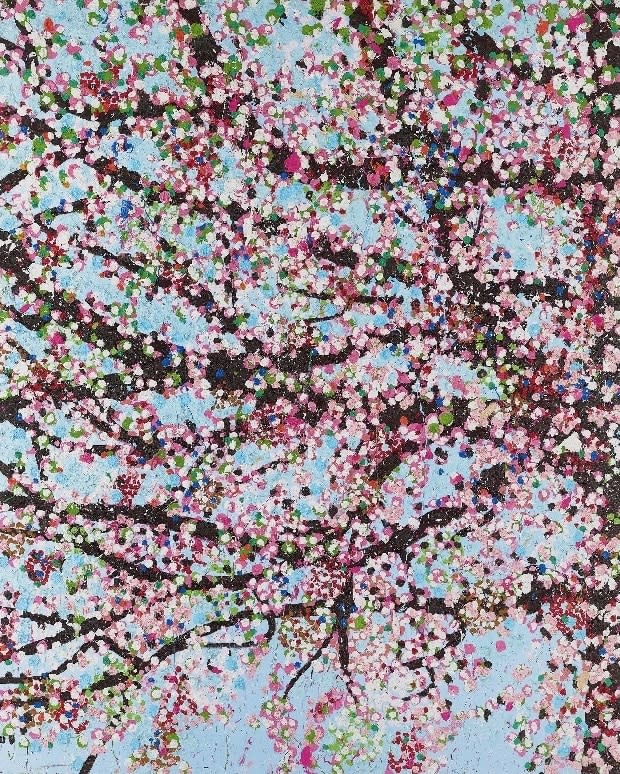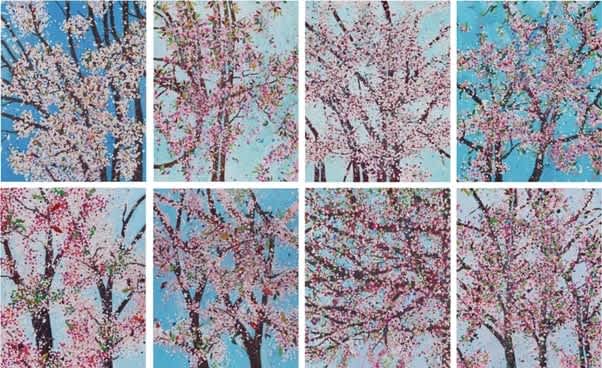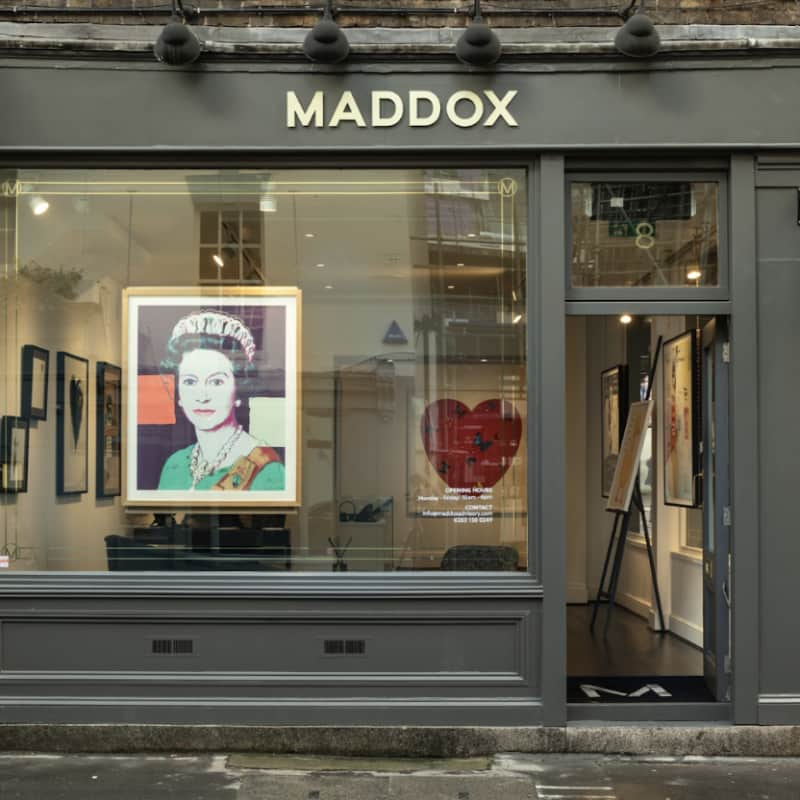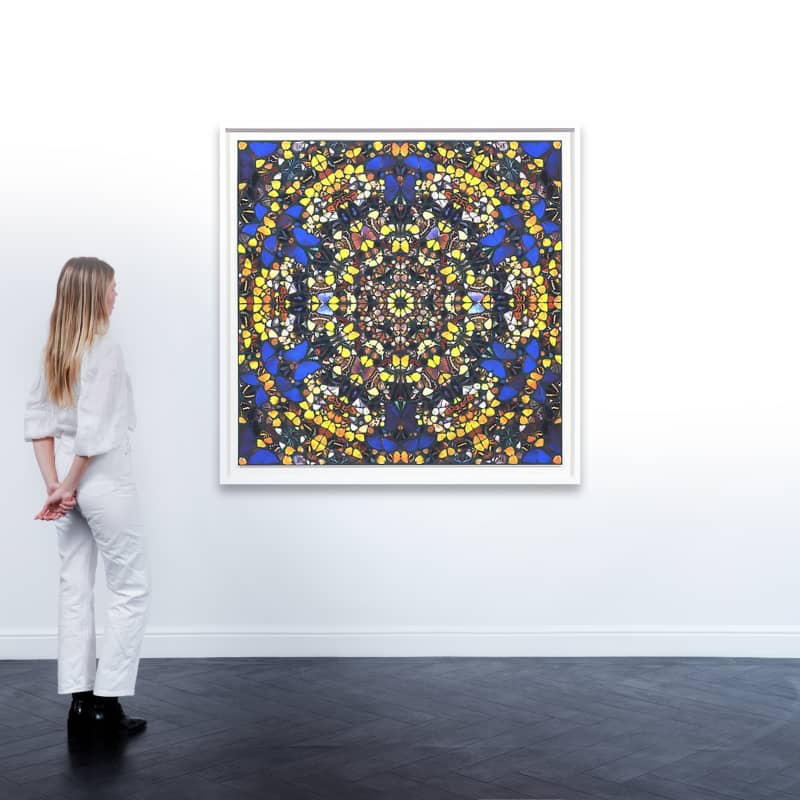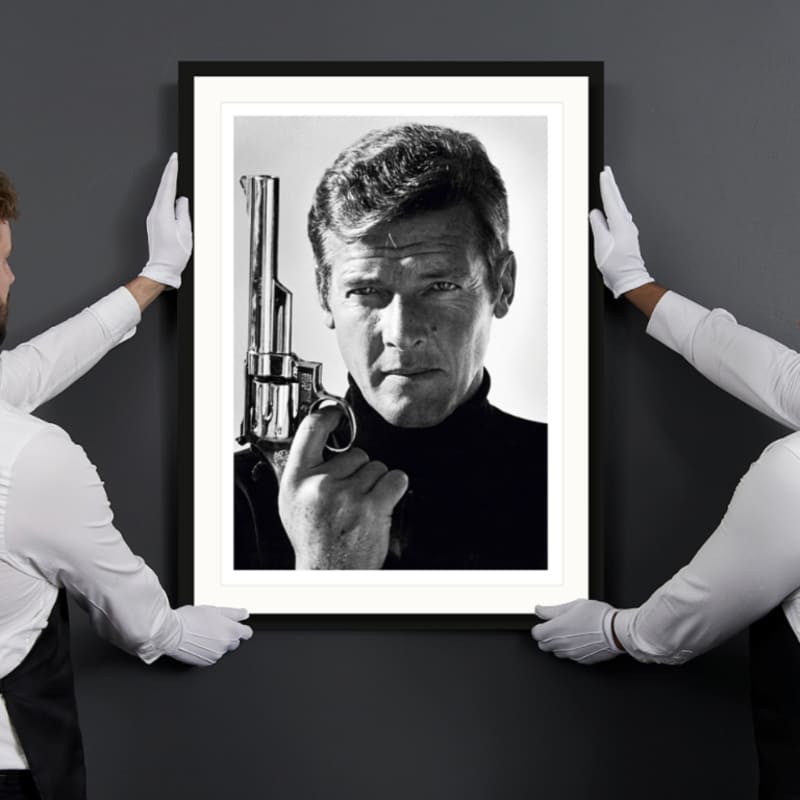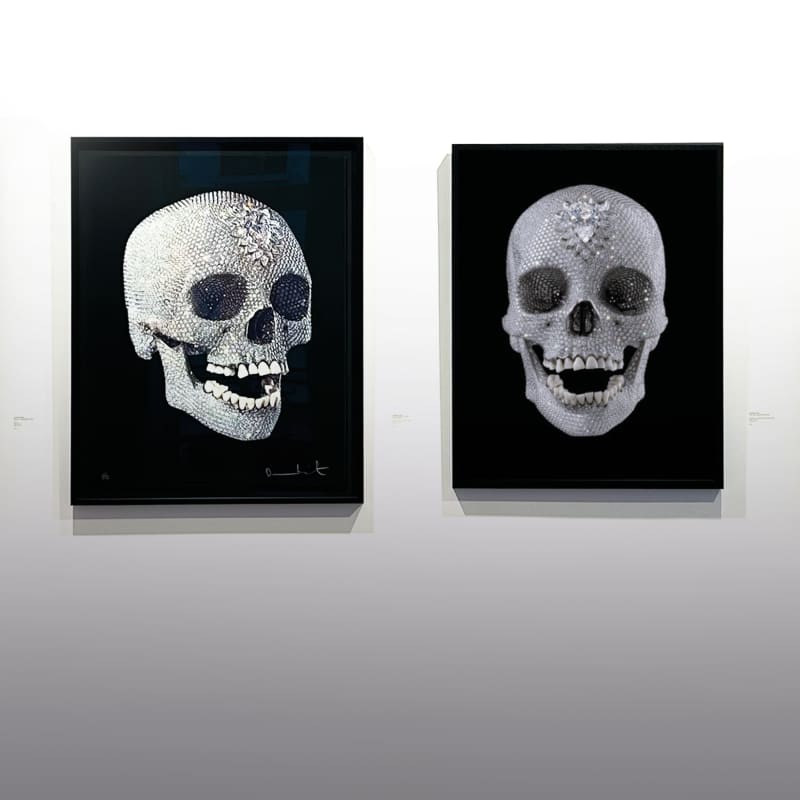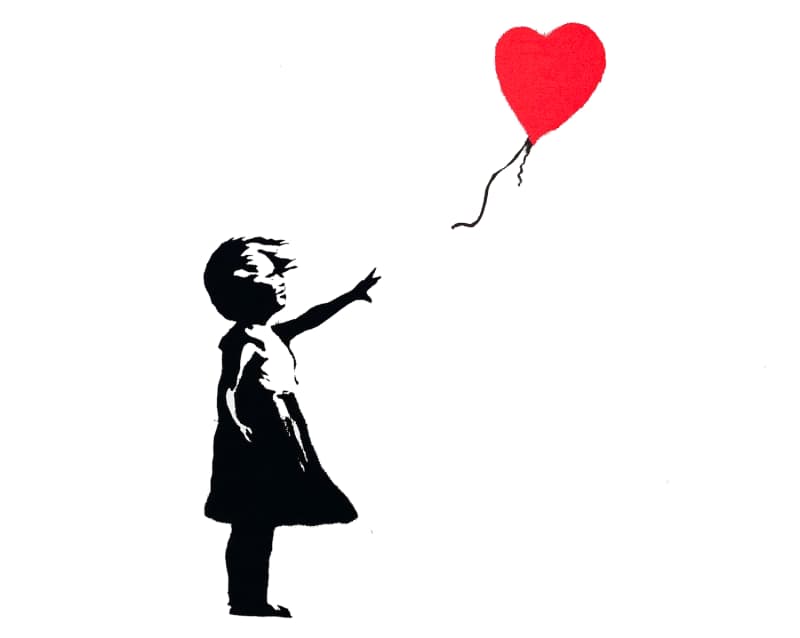Damien Hirst
Biography
"It’s amazing what you can do with an 'E' in A-Level art, a twisted imagination and a chainsaw."
Rising to prominence in the early 1990s, Damien Hirst has come to define British modern art. Exploring death and science through his works, Hirst’s art both shocks and amazes. His works are challenging both visually and philosophically and continually push the very definition of art itself. From diamond-encrusted skulls to dissected cows, Hirst’s art is not only iconic but also utilises found objects, both living and dead, in a way that had never been seen. After finding early success at art school and becoming a leading light of the Young British Artists group, Hirst has continued to have a prosperous career and remains a trailblazer of the art world.
Despite being born in 1965 in Bristol, England, Damien Hirst spent his childhood in Leeds. From a young age, Hirst developed a strong interest in the concept of death and continued to explore this throughout his childhood. By his teens, Damien was making regular visits to the anatomy department of Leeds Medical School, practicing life drawing and reconciling himself with the idea of his own eventual mortality.
In 1984, Hirst moved to London, working in construction before attending Goldsmiths College to study Fine Art. Hirst’s move to the capital marked the beginning of his career, not only because of the work he was making but also because of the people he met for example, Sarah Lucas and Tracey Emin.
During his studies, Hirst created art that would act as a harbinger of his later works, with themes of science, life and death pervading his every creation. In his second year of university, he created Medicine Cabinets, a precursor to his later 1992 installation Pharmacy, with both works combining Minimalism with science. In 1988, that same year, Hirst conceived and curated Freeze, a group exhibition that would later be known as a launching point for a whole generation of British artists. Freeze would also be the location of Hirst’s very first Spot painting, a series that has won him critical acclaim across the globe. By the time Hirst had graduated, his work had already been recognised by notable collectors and curators such as Charles Saatchi and Norman Rosenthal.
In 1991, Hirst started work on arguably his most famous series to date, Natural History. His radical series consisted of suspending whole animals in a formaldehyde liquid. His first work of the series, a preserved shark entitled The Physical Impossibility of Death in the Mind of Someone Living, was unveiled at the Saatchi Gallery’s Young British Artist’s exhibition. It both shocked and delighted, and remains one of the most iconic symbols of British modern art today.
From cows to sheep, Hirst continued to preserve a menagerie of creatures within glass boxes, along with other more banal items like household chairs and tables.
Hirst has continued to intrigue and astonish throughout his career with diamond encrusted skulls and stained glass windows made from butterfly wings, proving that no medium is out of this artist’s reach. Since 1987, Hirst has had over 80 solo exhibitions and has participated in 260 group shows globally. Hirst continues to be one of the greatest provocateurs in recent art history, redefining everything we thought we knew about art.






